Representative types of mold through optical microscope
Let me show You the outcome of my work in microbiological laboratory at the Faculty of Food Technology and Biotechnology in Zagreb, Croatia. My task was to prepare native samples of different types of mold. Molds are microscopical fungi that are formed by muticellular filaments called hyphae which when are associated and networked form mycelium. Firstly, I had to take part of mold's mycelium with aseptic pincers from Petri dish where it was already cultivated then spread it in a drop of water on microscope slide with two microbiological pins and finally put a cover slip over it. All process was going on in sterile terms right to Bunsen burner to avoid any possible danger of fungal infection. After all that process samples of mold were ready to look through optical microscope and the best way to look at them is with 100x or 400x enlargment. Take a look and enjoy!
Aspergillus sp.
Asexual group of microscopical fungi which are mostly found on grains, plants and trees.
Rhizopus sp.
Saprophytic fungi on plants and parasites on animals. They can be found on very different source of organic substrate such as fruit, vegetables, other plants, leather and even on tobacco.
Alternaria sp.
They are major cause in agricultural damages as they are known as plant pathogens. Not only dangerous for plants, but they can also be a allergen for humans causing fever or even lead to asthma.
Mucor sp.
Microscopical fungi that are not dangerous for humans and animals because they can't survive on more than 35 degrees. They are commonly found in ground, on vegetables and some other plants, some sort of cheese and on iron oxide residue.
Penicillium sp.
The most important fungi since their discover by Alexander Fleming. Their main use is for antibiotics purposes as they produce penicilin, compound which kills or stops the growth of particular type of bacteria. Thanks to their good characteristic some of the Penicilium sp. are used in cheese production.
Thanks a lot for reading!
Please feel free to upvote, reestem or comment and you can also follow me for more interesting articles!
Greetings to all!!!
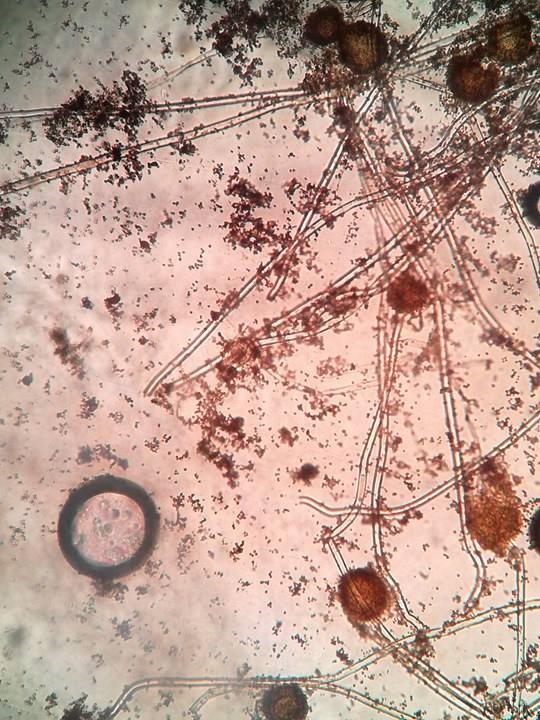

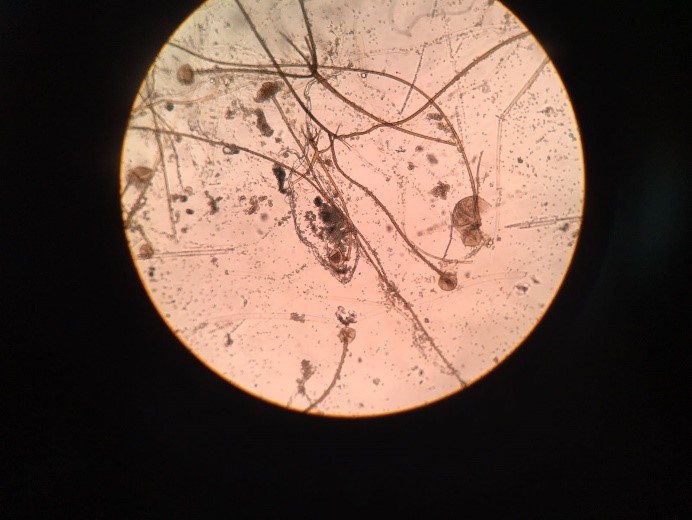
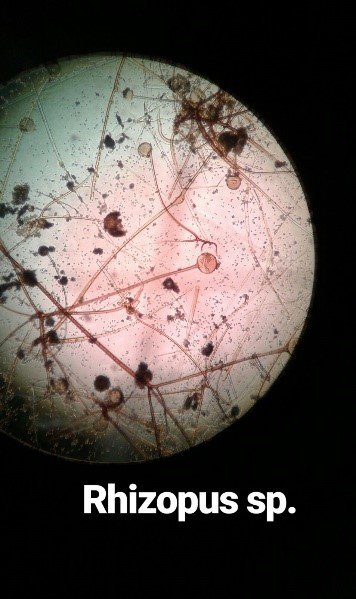

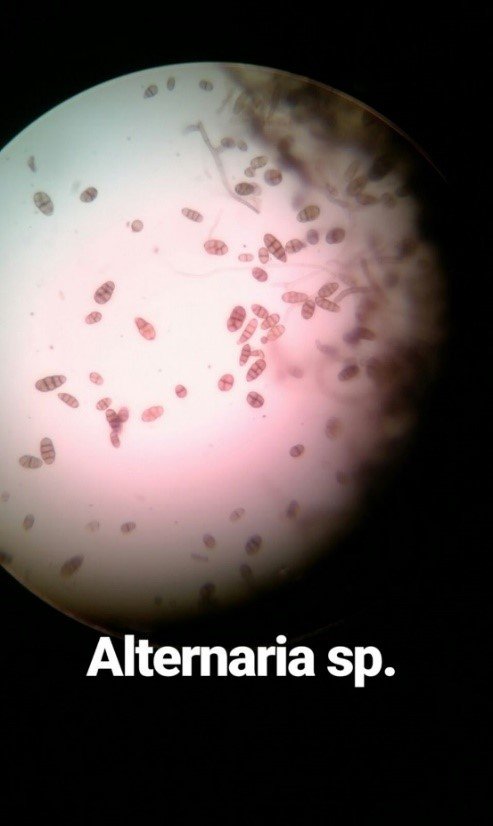
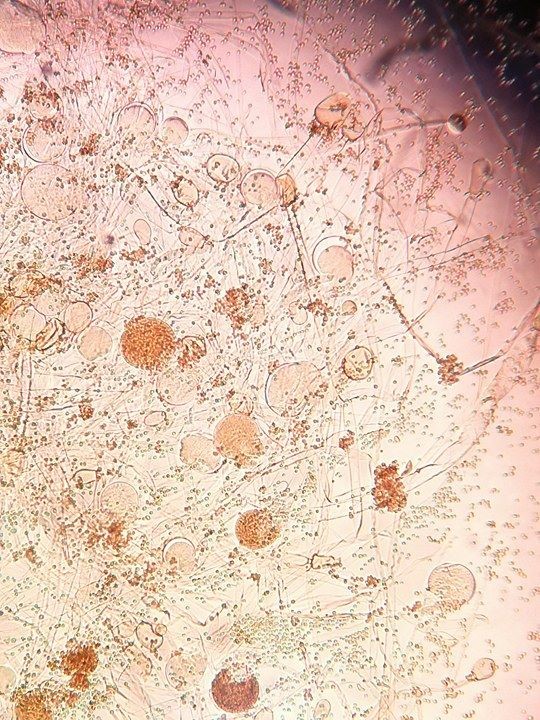
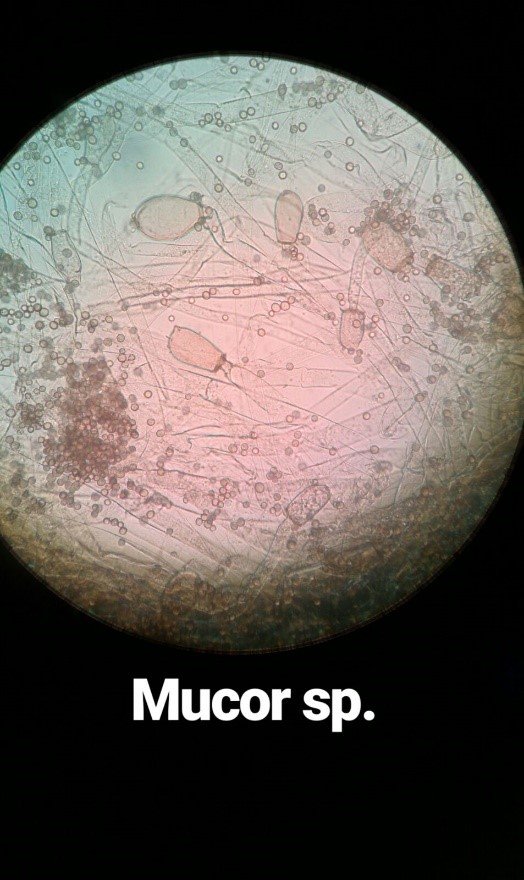

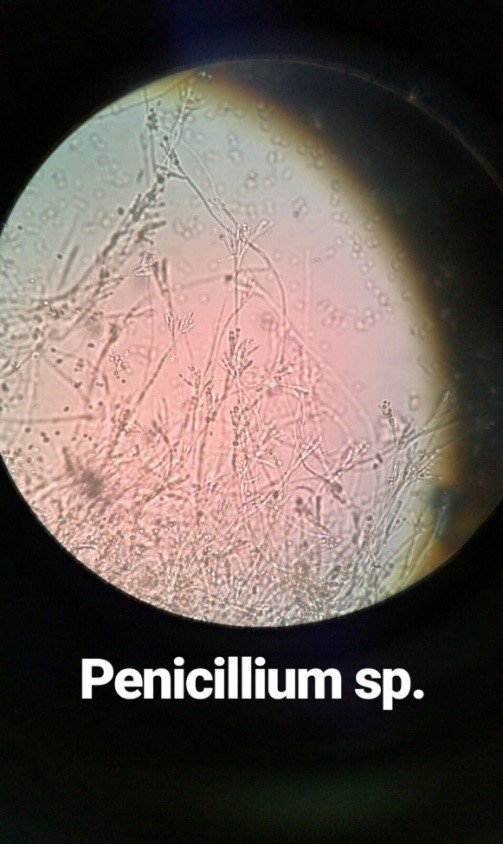
Hey cvrlessi, great work and nice photos. Are there some fungi that reproduce sexually as well, i.e., have 2 sexes? If so, would they normally be considered more advanced?
Thanks man! In sexual reproduction two mating types are produced so fungi which have both mating types from same mycelium can self-fertile and they are called homothallic. Heterothallic are the ones who have only one mating type from mycelium so can't self-fertile. Furthermore, when we talk about advanced fungi it alludes to fungi that can reproduce in both ways sexually and asexually.
Regards, dude! Two mating types are created during sexual reproduction, and because both mating types originate from the same mycelium, homothallic fungi can self-fertilize. Plan a yearly mold inspection at the very least. When mold develops in a small space, remove it. Do not wait for it to spread throughout the house. To lower the chance of mold growth, keep your house tidy and clear of debris. Fix any leaks right away in your house. Ventilate any wet spaces in your house, especially the laundry room and bathroom.